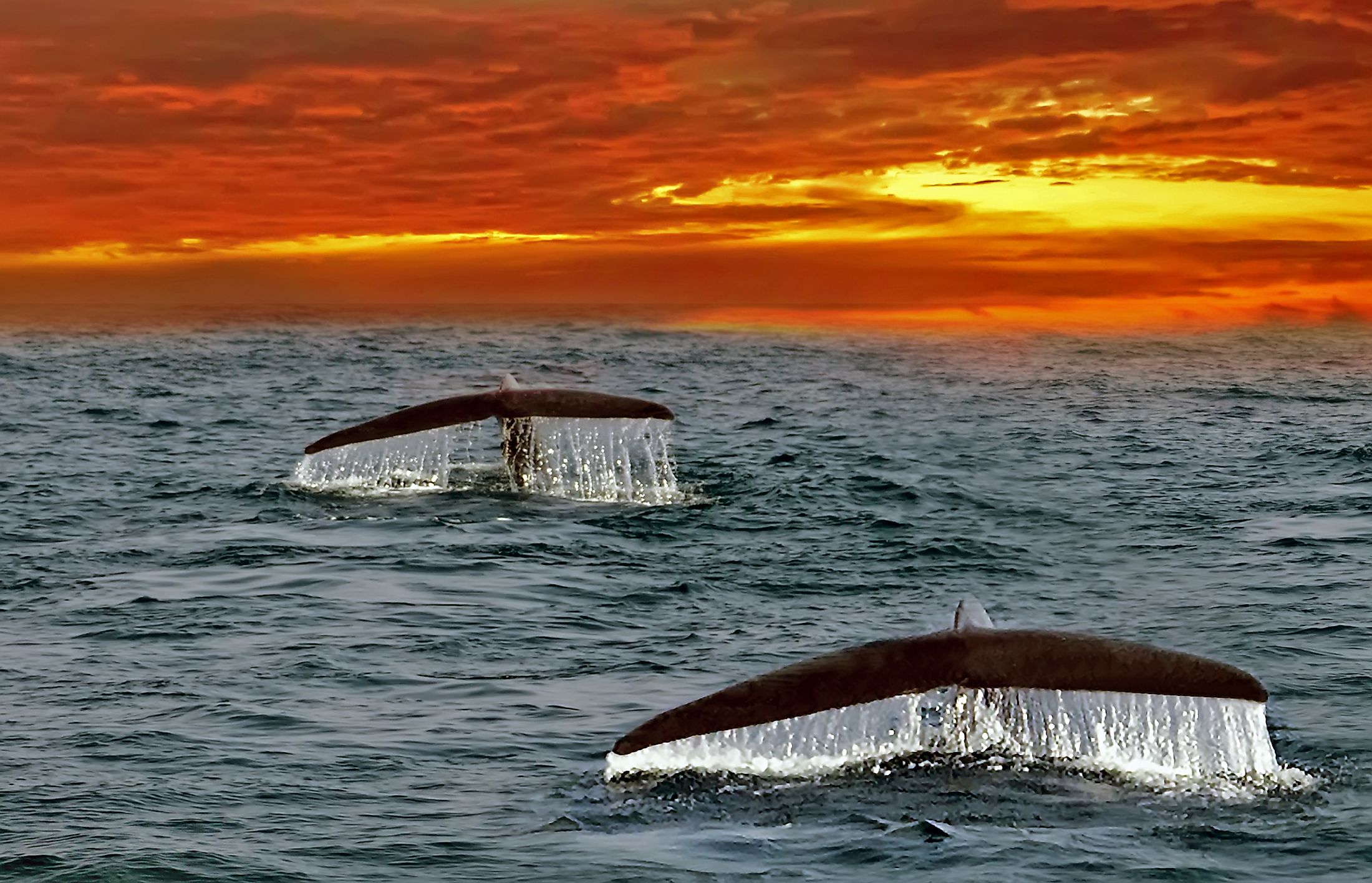

Some of them are Kolkata, Mumbai, and Chennai in India, Durban and Richards Bay in South Africa, Jakarta in Indonesia, Colombo in Sri Lanka, and Melbourne in Australia. It has some of the world’s most significant and historical ports located in different continents. The Indian Ocean has been the trade route for countries from time immemorial. It has a large number of beautiful beaches, dunes, lagoons, coral reefs, cliffs, barrier island complexes, mangrove swamps, estuaries, and salt marshes.

The coastal configurations are very well defined for the Indian Ocean. Fact 17: Well-Defined Coastal Configurations Interestingly, in the western part of the Indian Ocean, a huge concentration of phytoplankton can be found because of the yearly monsoon winds, which come especially around summer. However, despite its adverse environment, the ocean is the largest breeding ground for the majestic Humpback Whales. As a result of these two unique features of the ocean, water phytoplankton cannot grow properly, which further restricts the growth of the marine population in the Indian Ocean. The low oxygen content of the ocean water also prevents the existence of a variety of marine creatures. The warm water of the ocean makes it non-conducive for diverse marine life as compared to other oceans. The world gets forty percent of its oil supply from the depths of the Indian Ocean. The Indian Ocean is a massive source of oil. It is considered the largest plateau of this kind in the world. Kerguelen Plateau is a large igneous province situated in the southern part of the Indian Ocean. The Indian Ocean receives huge river runoffs, approximately 6000 km, from large rivers like the Ganges and Brahmaputra. They have named the undiscovered landmass “Mauritia.” Fact 13: River Runoff In recent years, scientists have located remnants of a lost continent in the Indian Ocean. Moreover, it joins 18 countries in Asia, 16 in Africa, and more than 57 island groups. The Indian Ocean connects four continents, namely Asia, Africa, Australia, and Antarctica. Some opine that the Indian Ocean stretches southward to the coast of Antarctica while others, mostly Australians, are of the view that the water near Antarctica is part of the Antarctic Ocean. Geographers and scientists debate over the southern boundary of the ocean. They also believe that the ocean was formed around 36 million years ago. The Indian Ocean was formed during the disintegration and subsequent collision of the ancient southern supercontinents Gondwanaland and Eurasia. Scientists have discovered that the origin of the Indian Ocean is most complicated compared to the three largest world oceans. They are mostly located near Seychelles and Reunion in the Central Indian Basin.
#Indian ocean full
The Indian Ocean is full of seamounts, which are extinct submarine volcanoes. But it has the world’s second-largest trench which is known as the Java Trench spreading from Sumatra to the Andaman and Nicobar Islands. The ocean has the fewest number of trenches. The name of the mountain range is thus because it is located at the center of the Eastern Hemisphere, along with the 90th meridian. There is an underwater mountain range named the Ninety East Ridge in the Indian Ocean which divides the eastern and western regions of the Indian Ocean. It also has maximum negative water balance, and both the world’s highest and lowest water salinity levels have been found in the Indian Ocean. The water in the Indian Ocean has a high concentration of hydrocarbons, both in dissolved and floating forms. As a result of the high evaporation rate, the ocean water has the lowest oxygen content in the world. Due to its tropical positioning, the rate of warming of the Indian Ocean is very fast, which has further exacerbated by climate change and greenhouse warming. It is the warmest among all the oceans in the world. Its approximate volume is 292,131,000 cubic kilometers. The vastness of the ocean contributes to the water load of the world immensely. Owing to the melting polar caps, the Indian Ocean widens by 20 cm every year.


 0 kommentar(er)
0 kommentar(er)
